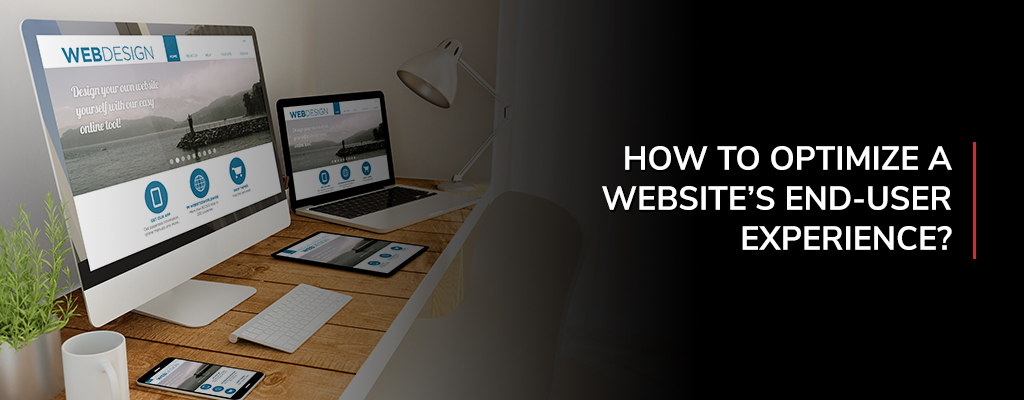Does your website turn potential clients away? Patience for cumbersome and slow websites is short. Users today expect an engaging experience, moving through a brand’s website at their own pace.
In fact according to the ‘State of UX in the Enterprise 2019 Report, 70% of CEOs see User Experience (UX) design as a competitive differentiator.
If users find your website slow or unexciting, they will likely choose your rival over you. Review these seven tips to increase the speed and user satisfaction with your website:
1. Simplify Ease of Use
When someone visits your website, they expect to easily navigate to the information they need. The more they have to hunt around, the more frustrated they will become. Eliminate unnecessary steps to simplify the user experience, ensuring clear navigation to appropriate information. Simplified design allows users to easily find what they need.
2. Anticipate Customer Needs
Your website should encourage people to do business with you. Potential customers expect to find what they need easily and immediately. This requires knowing what your customers want so you can incorporate interesting features and relevant content. Ensure that your business website is designed around your business goals. When you are clear about the action you want customers to take on your website, they are more likely to take that action.
3. Optimize for Faster Load Time
Any page that takes longer than 3 seconds to load loses roughly half its traffic. According to Google, sites loading within 5 seconds experience 70% longer sessions and 35% lower bounce rates. Therefore, ensure that the load time of your website is as immediate as possible. When a mobile website is clumsy or slow, users simply move to another site. Even well-designed websites can perform poorly if users experience long load times. Consider using tools like Google Page Speed Insights Tool and Google Mobile-Friendly Test Tool to find out how quickly your site loads and whether your site meets mobile usability criteria.
4. Ensure Actionable & Attractive Call to Action
Using a clear and attractive call to action (CTA) button improves the overall user experience. Action oriented CTAs with large buttons, attractive in color and shape, can be powerful tools for improving UX. Consider placing CTAs at prominent spots on the home page to deliver a better user experience and drive conversions.
5. Use White Space
White space, sometimes called negative space, is an active design element that adds more breathing space in the website UI. It makes the user feel more comfortable exploring the website by helping them process data more quickly and easily. White space creates a visual hierarchy, highlighting CTAs, keeping the site tidy, and making the design more pleasant to look at.
6. Catch 404 Errors
You know the experience: you click on a link, but instead of getting the webpage you want, an error appears saying that the page you requested is not available. It reads: “404. That’s an error.” A 404 error is the standardized HTTP status code that means that the page you wanted to view was not found on their server. Never leave an error-404 link on your website since in most cases, a 404 error, drives users away from your website. Investigate searches that lead to 404 errors and fix them by logging into your Google search console and clicking on crawl errors. In addition, rather than allowing your site to navigate to the standard ‘404 error: page cannot be displayed’, consider personalizing the page with a friendly message or an entertaining image.
7. Maintain Visual and Typographic Hierarchies
Maintaining a clear typographic or visual hierarchy establishes an order of importance within data, thus allowing better readability and usability. Adding three separate levels of HTML tags – for example, H1, H2, and paragraph tags – is a great way to organize your content. Similarly, you can establish visual hierarchy by choosing contrasting typefaces, different font styles, contrasting colors and varying orientation. Visual and typographic hierarchies allow your most important information to stand out.
An engaging user experience is essential to a successful website presence. At Analytix, we use our expertise and experience to address business portal and website needs of diverse industries, including media, finance, healthcare, hospitality, and sports management.
Next Steps
- Explore how Analytix can transform your business website today.
- Contact us at 781 503 9003 or drop us a line at sales@analytix.com.
- Read our blog to learn about how Analytix can help you grow.
- Follow us on LinkedIn and Twitter for industry updates.
